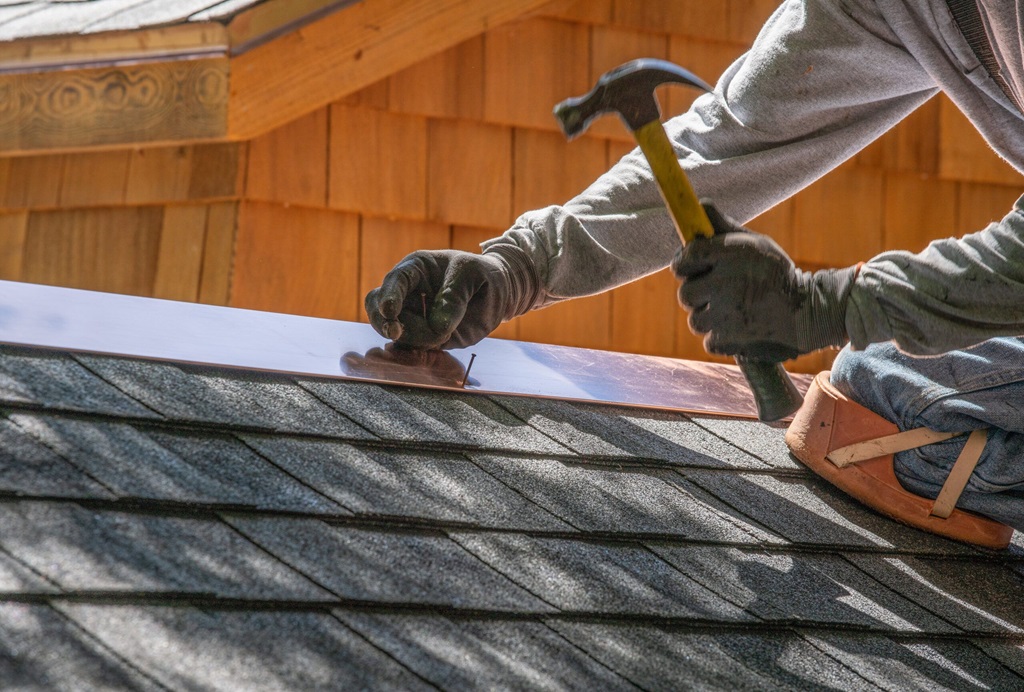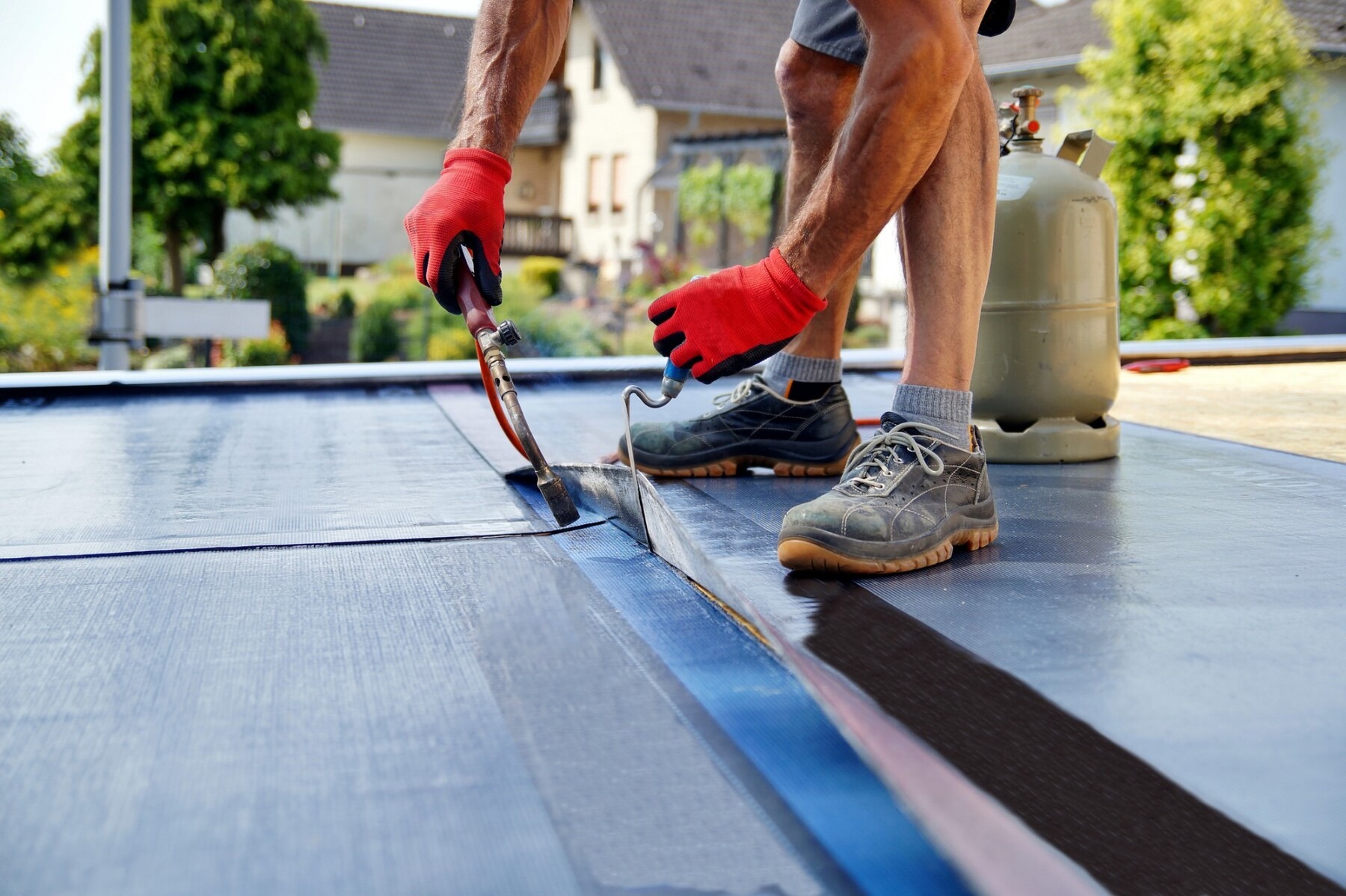A leaking roof is more than a minor inconvenience; it can lead to extensive damage, mold growth, and even structural issues. Fortunately, many roof leaks are manageable with the right tools, knowledge, and precautions. This guide will walk you through the process of finding and fixing a leaking roof, empowering you to safeguard your home.
Safety First:
Before you climb onto your roof, prioritize safety:
- Wear appropriate footwear: Choose shoes with good grip to avoid slips.
- Use a sturdy ladder: Ensure it’s secure and have someone hold it for added safety.
- Consider a harness: If you’re working on a steep or high roof, a safety harness can be a lifesaver.
- Check the weather: Avoid working on a roof in wet or windy conditions.
Identifying the Source of the Leak:
- Interior Inspection:
- Look for water stains, drips, or discoloration on your ceilings and walls.
- Trace the leak upwards to narrow down the source.
- Check attic spaces for signs of moisture or water penetration.
- Exterior Inspection:
- Examine your roof for missing or damaged shingles, tiles, or flashing.
- Look for gaps or cracks around chimneys, vents, skylights, or dormers.
- Pay attention to areas where different roof sections meet.
- Water Testing:
- If the leak is difficult to locate, have a helper spray water on the roof while you observe inside.
- Start low and gradually work your way up.
Common Roof Leak Causes:
Understanding the potential causes can help you diagnose and fix the issue:
- Damaged or Missing Shingles: Wind, hail, or age can compromise shingles.
- Cracked or Deteriorated Flashing: Flashing protects roof joints and penetrations.
- Clogged Gutters: Overflowing water can back up under shingles.
- Ice Dams: These form in cold climates and can force water under shingles.
- Poorly Sealed Roof Penetrations: Vents, pipes, and chimneys need proper sealing.
Related: How to Extend the Life of Your Roof: Simple Maintenance Tips
Repairing Roof Leaks:
The repair method depends on the type of roof and the source of the leak:
Shingle Roofs:
- Replace damaged shingles:
- Carefully pry up the damaged shingle.
- Slide the new shingle in place, securing it with roofing nails.
- Seal the edges with roofing cement.
- Repair cracked shingles:
- Apply a generous amount of roofing cement under the crack.
- Press the shingle down firmly.
Flashing Repair:
- Replace damaged flashing:
- Remove the old flashing carefully.
- Apply new flashing, ensuring it’s properly overlapped and sealed.
- Seal gaps or cracks:
- Use roofing cement or sealant to close any openings.
Gutter Maintenance:
- Clean gutters regularly to prevent blockages.
- Ensure downspouts direct water away from your home’s foundation.
Ice Dam Prevention:
- Improve attic insulation and ventilation to reduce heat buildup.
- Install heat cables along the roof’s edge to melt ice.
When to Call a Professional:
- If you’re uncomfortable working on your roof.
- If the leak is extensive or difficult to locate.
- If your roof is old and in need of replacement.
Preventing Future Leaks:
- Inspect your roof regularly, especially after storms.
- Address minor issues promptly before they worsen.
- Keep your gutters clean and clear.
- Trim overhanging branches that could damage your roof.
Remember: Taking the time to maintain your roof is a valuable investment in protecting your home and belongings. By following this guide, you can confidently tackle the most common roof leaks, saving you time, money, and potential headaches down the road.






